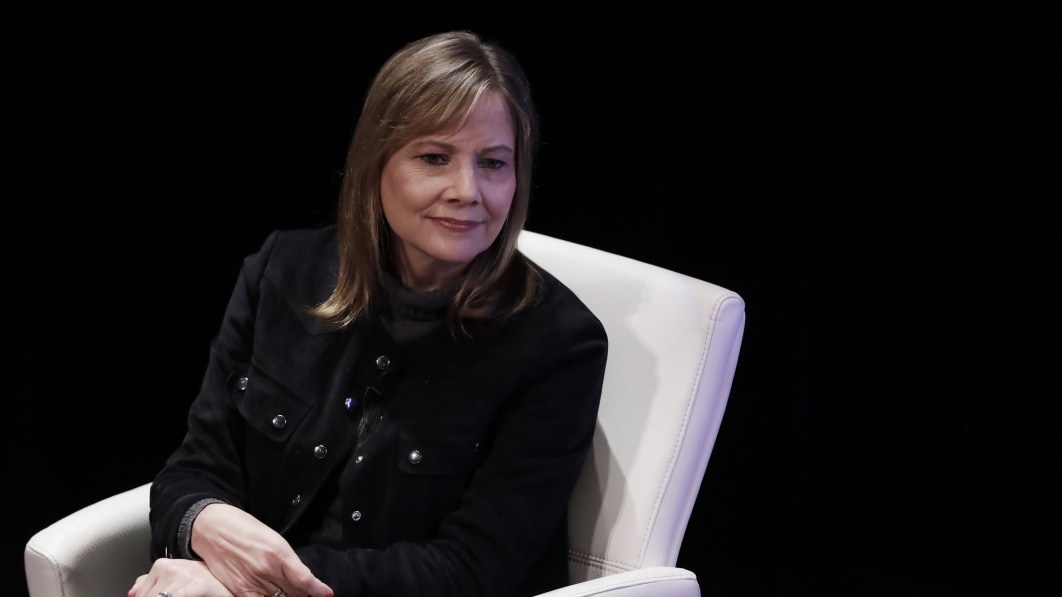

The chief executives of U.S. automakers Ford and Normal Motors stated on Thursday they might think about partnerships to chop electrical car know-how prices as Chinese language rivals transfer into the U.S. and European markets.
“If there’s ways in which we will accomplice with others, particularly on applied sciences that aren’t consumer-facing, and be extra environment friendly with R&D in addition to capital, we’re all in,” GM CEO Mary Barra advised traders at a convention sponsored by Wolfe Analysis.
Ford CEO Jim Farley opened the door to collaboration with different automakers to chop EV battery prices throughout a separate presentation on the convention earlier on Thursday.
The Detroit firms and different Western automakers are underneath rising strain from BYD and different low-cost Chinese language electrical car makers which might be accelerating exports of automobiles to Europe, Latin America and Southeast Asia. BYD is contemplating constructing an meeting plant in Mexico that could possibly be a base to ship EVs to the US, Nikkei reported earlier this week.
“Should you can not compete honest and sq. with the Chinese language around the globe then 20% to 30% of your income is in danger” over the subsequent a number of years, Farley stated.
Ford has projected it’s going to lose $5 billion to $5.5 billion on its EVs this 12 months. The corporate has launched a devoted “skunk works” crew – separated from the corporate’s major engineering operations – to design a small, low-cost EV that might compete with BYD’s Seagull mannequin, the CEO stated. Ford can also be evaluating its battery technique.
“We will begin having a aggressive battery scenario. We will go to frequent cylindrical cells that might add a whole lot of leverage to our buying functionality,” Farley stated. “Possibly we should always do (this) with one other OEM (automaker).”
China manufacturing
BYD can produce its small Seagull EV for $9,000 to $11,000 in supplies, Farley stated. Wolfe Analysis analyst Rod Lache stated he estimates Chinese language manufacturing prices are 30% decrease than Western automakers’ prices.
“Final 12 months, 25% of all automobiles offered in Mexico had been sourced in China,” Farley stated. “The world is altering.”
Farley stated he has ordered Ford engineers to develop a brand new, reasonably priced EV, “and it’s a must to become profitable within the first 12 months. If you cannot become profitable we aren’t launching the automobile.”
Ford and GM shares had been broadly unchanged in premarket buying and selling on Friday.
Barra stated GM is already well-positioned to start breaking even on its North American EVs through the second half of this 12 months if it will probably obtain an annualized manufacturing fee of 200,000 to 300,000 automobiles – and proceed benefiting from federal EV subsidies licensed by the Inflation Discount Act.
GM fell wanting its 2023 North American EV manufacturing targets partially due to issues manufacturing battery modules. “I personal that,” Barra stated. However now, she stated GM is on observe to overcoming these issues, in addition to fixing software program glitches that hobbled the launch of the Chevrolet Blazer EV this 12 months.
In China, Barra stated GM’s manufacturers will focus on premium and higher-priced segments as home Chinese language automakers crowd into mainstream market segments.
Ford and GM face strain from traders to rein in spending on EVs and return more money to shareholders. Renault and Stellantis on Thursday stated they might return money to traders through share buybacks and better dividends.
Earlier this month, Ford stated it will return about $720 million to shareholders within the type of an 18 cents a share particular dividend.










